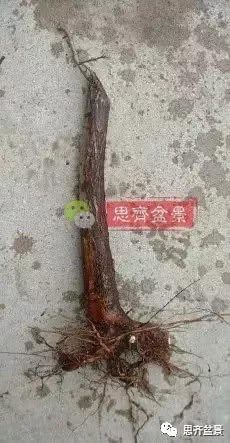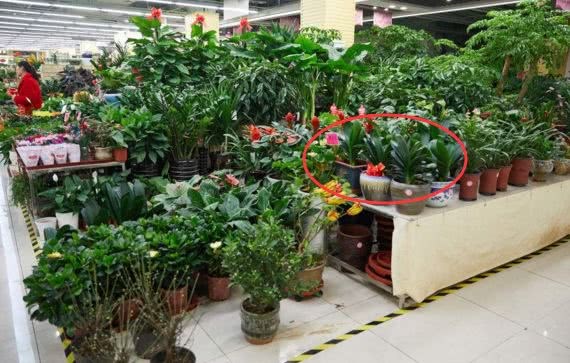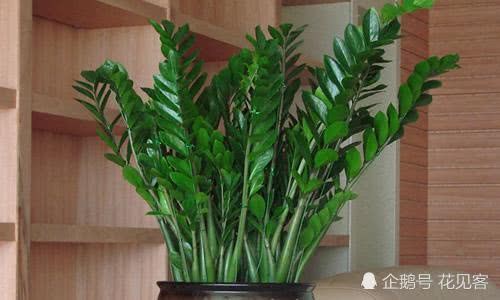The creation record of a straight-dried Hawthorn

▲ 2002
▲
The Hawthorn stake went down the hill in 2002, and the original tree was nearly three meters high. This pile is really ordinary, typical straight stem, no tip, no branches, the only advantage is that the bark is still old-fashioned. Pile materials with poor foundation often take longer to cultivate.
Six months after ▲ colonization
▲
After going down the mountain, it was planted in a culture basin to rejuvenate. Six months later, it gradually began to come back to life, and the middle and lower part of the trunk began to sprout.
▲ August 2003
▲
After a year of stocking, the tree is more vigorous. I've been trying to figure out how to design the shape. As there is no transition to the trunk, if you want to make a typical high straight dry bonsai, it will take a long time to dry and then grow branches, easily for ten years. So I began to think about whether there is a plan for rapid prototyping. Considering that there are branches at the base of the trunk, the bottom branches can be used to make a miniature bonsai, so that the molding time will be shorter.
▲ December 2003
▲
According to the previous idea, cut the trunk to about 10 centimeters.
▲ April 2004
▲
Is in the recovery period after a short truncation. After re-processing and preliminary carving modification of the section, the section will be further carved to make a moth-eating effect, which will be more natural.
▲ April 2005
▲
I put it on the pot for the first time. The gap in the basin echoes the dead wood on the trunk.
▲ December 2005
▲
After the leaves fall. The branches began to refine and plump gradually. The section has been carved, showing the effect of natural decay.
▲ June 2006
▲
grow into luxuriant.
▲ end of 2007
▲
Carve processing again, improve the details, and add hollowed-out treatment to increase the focus of the tree trunk.
▲ December 2007
▲
The tree is 12 centimeters high.
▲ September 2013
▲
Since this pot of Hawthorn changed hands in 2008, it has been five years since we saw it again. From the leaf color point of view, it is estimated that the root has burst, lack of nutrients, need to change the soil to change the basin, fortunately, the state is not bad.
▲ December 2013
▲
After the leaves have fallen, trim and tie the shape.
Back of ▲
▲ root disk
▲ December 2003-December 2013
▲
It has been ten years in the twinkling of an eye. It takes ten years to mature, which is not easy.
- Prev

Flower cultivation experts revealed that there are tricks in the flower market. Don't buy these three kinds of flowers even at half price.
I believe we all know the benefits of growing flowers, not only can play the role of decorating space, but also can purify the toxic substances in the air, protect our health, and even some plants have a good meaning, whether it is to send friends.
- Next

It is not too late to know that the two problems of raising money trees do not pay attention to the shrunken stems.
Money tree, also known as snow iron taro, is a perennial evergreen herb, is a rare underground tuber foliage plant, pinnate compound leaves from the top of the tuber, strong dark green, has a very high ornamental value, and symbolizes "attracting wealth and treasures."
Related
- Wuhan Hospital Iron Tree Blooming Result Was Instantly Frightened by the Gardener Master
- Which variety of camellia is the most fragrant and best? Which one do you like best?
- What is the small blue coat, the breeding methods and matters needing attention of the succulent plant
- Dormancy time and maintenance management of succulent plants during dormancy
- Minas succulent how to raise, Minas succulent plant pictures
- What are the varieties of winter succulent plants
- How to raise succulent plants in twelve rolls? let's take a look at some experience of breeding twelve rolls.
- Attention should be paid to water control for succulent plants during dormant period (winter and summer)
- Watering experience of twelve rolls of succulent plants
- Techniques for fertilizing succulent plants. An article will let you know how to fertilize succulent plants.

